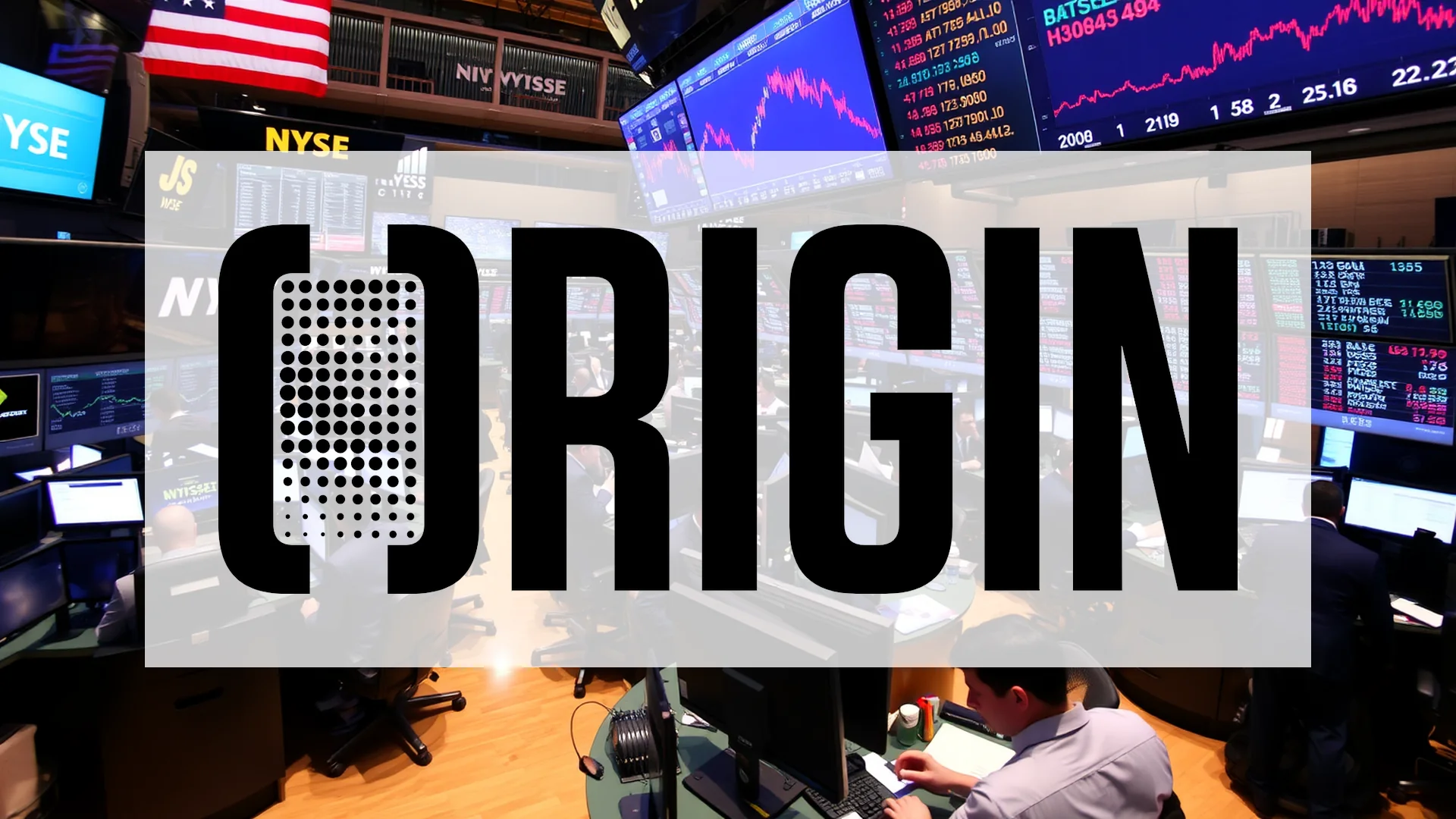The telecommunications behemoth AT&T finds itself navigating turbulent market conditions. Despite aggressive expansion of its 5G and fiber-optic infrastructure and sustained long-term optimism from market researchers, the company’s shares have demonstrated persistent weakness for several consecutive weeks. What underlying factors are driving this downward trajectory, and where might opportunities emerge for investors with higher risk tolerance?
Institutional Positioning Reveals Diverging Views
Market participants are receiving conflicting signals from major financial institutions. Recent regulatory filings reveal starkly contrasting investment strategies among institutional holders. Firms including Kennebec Savings Bank and Core Alternative Capital have substantially increased their AT&T holdings—in some instances by more than 400 percent. Conversely, other entities such as Cwm LLC and Conning Inc. have been reducing their exposure to the telecommunications giant.
Perhaps more notably, the analytical community maintains a surprisingly positive outlook. Financial powerhouses JPMorgan and Sanford C. Bernstein recently elevated their price targets to a range between $31 and $33. The consensus price objective among market experts stands at $30.75, suggesting substantial appreciation potential from current trading levels.
Technical Indicators Paint Concerning Picture
From a chart analysis perspective, the situation appears decidedly bearish. Selling pressure has dominated recent trading activity. Following a sharp 4.40% decline on October 6, the downward trend has persisted, pushing the stock significantly below its key moving averages. The analytical firm StockInvest.us recently downgraded AT&T from “Hold” to “Sell candidate,” citing deteriorating technical conditions. Shares currently trade approximately 16 percent below their 52-week peak.
Should investors sell immediately? Or is it worth buying AT&T?
Dividend Stability Provides Income Foundation
One consistently positive element for investors remains the company’s substantial dividend distribution. AT&T currently offers shareholders an attractive 4.3% yield, providing a meaningful income component within total return expectations. Management has repeatedly affirmed its commitment to maintaining dividend payments, reinforcing its dedication to shareholder returns.
However, significant challenges persist. The company continues to carry substantial debt on its balance sheet while operating in an increasingly competitive U.S. telecommunications landscape. Recent developments, including competitor Verizon’s partnership with AST SpaceMobile, highlight the relentless innovation race within the sector.
Critical Inflection Point Approaches
The upcoming earnings report scheduled for October 22 represents a potential turning point for the company. Third-quarter results will enable investors to assess whether AT&T’s substantial network infrastructure investments are successfully translating into sustainable business growth. Market participants await clarity on whether shares are positioned for a recovery rally or face additional downward pressure in the coming weeks.
Ad
AT&T Stock: Buy or Sell?! New AT&T Analysis from November 27 delivers the answer:
The latest AT&T figures speak for themselves: Urgent action needed for AT&T investors. Is it worth buying or should you sell? Find out what to do now in the current free analysis from November 27.
AT&T: Buy or sell? Read more here...










